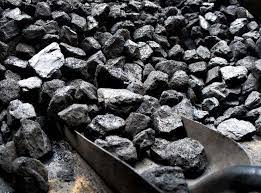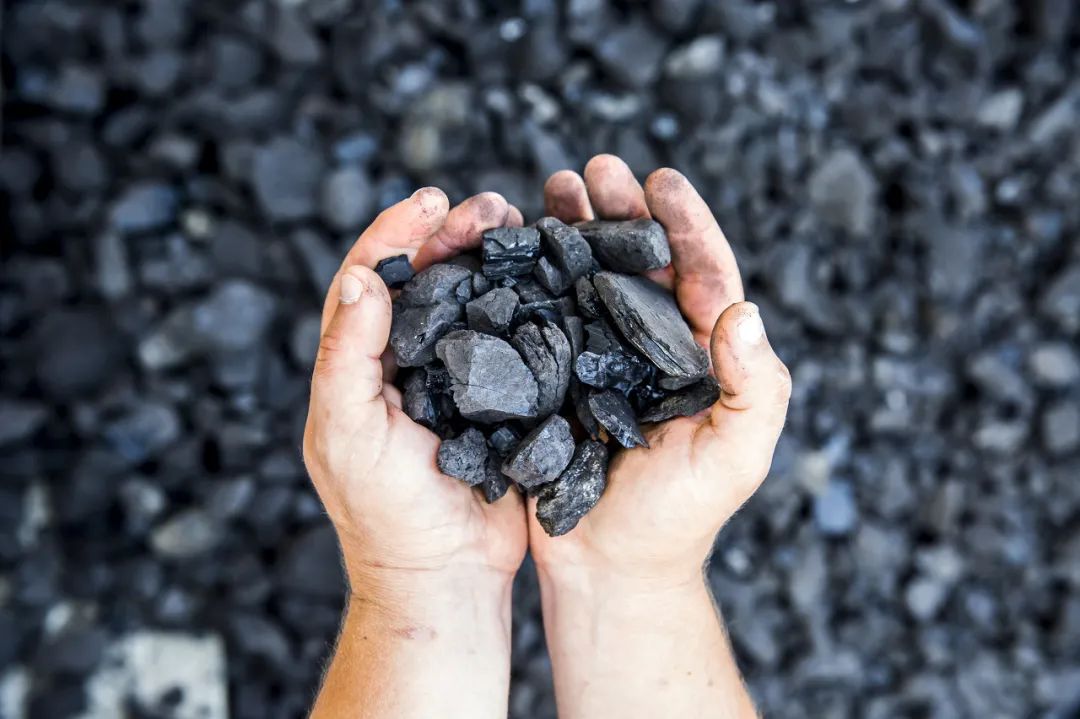Classification and Main Functions of Coke
2025-01-07 14:55:09 hits:0
Coke is a porous solid fuel made by the high-temperature carbonization of coal in the absence of air. It is widely used in the metallurgical industry, especially in steel production. The classification and main functions of coke are as follows:
Classification of Coke
Classification by Production Method
- Ordinary Coke: Made from low-volatile or medium-volatile coal through high-temperature carbonization, mainly used in metallurgy and blast furnace ironmaking.
- High-Strength Coke: Produced by selecting suitable coal types and controlling the high-temperature carbonization process to produce coke with higher strength, often used in industries requiring high-strength coke, such as special steel production.
- Semi-Coke: The product obtained from the initial carbonization stage, relatively loose, typically used in small-scale blast furnaces or as raw materials in fertilizers and chemicals.
Classification by Chemical Composition
- High-Ash Coke: Coke with a high ash content, relatively low in calorific value, used in furnaces with lower performance requirements.
- Low-Ash Coke: Coke with low ash content, containing more carbon and fewer impurities, typically used in processes with higher quality requirements in metallurgy.
Classification by Use
- Metallurgical Coke: Mainly used in steelmaking, especially as a reducing agent and fuel in blast furnaces for ironmaking.
- Chemical Coke: Used in the chemical industry, such as for producing fertilizers and chemicals.
- Coke for Power Generation: Primarily used as a fuel for electricity generation and thermal power plants.
Classification by Physical Characteristics
- Hard Coke: Contains higher levels of carbon and fewer impurities, with a harder surface, generally used in blast furnace ironmaking.
- Soft Coke: Less dense and more friable compared to hard coke, used in places with lower strength requirements for coke.
Main Functions of Coke
Metallurgical Function:
- Reducing Agent: Coke is a common reducing agent in steelmaking, capable of reducing iron oxides in iron ore to produce iron.
- Energy Source: The combustion of coke in the metallurgical process provides high temperatures, making it a key energy source in blast furnace ironmaking.
- Structural Support: In the blast furnace, coke forms a porous structure that helps maintain gas flow and enables the reactions between gases and solids.
Chemical Reaction Function:
- In some chemical industries, coke is used as a reducing agent or raw material for producing ammonia, syngas, and other chemicals.
Energy-Efficient Function:
- In various industrial processes and power generation, coke serves as an efficient fuel, providing high calorific value and helping save energy.
Environmental Function:
- In modern metallurgy and chemical industries, the use of coke has been improved through technology to effectively reduce pollutant emissions.

In summary, coke's primary uses are concentrated in the metallurgical industry, especially steel production, but it is also widely used in other industries such as chemicals and energy.

 en
en  fra
fra  de
de  ru
ru  gle
gle  th
th  ara
ara  it
it  jp
jp  kor
kor  zh
zh 




